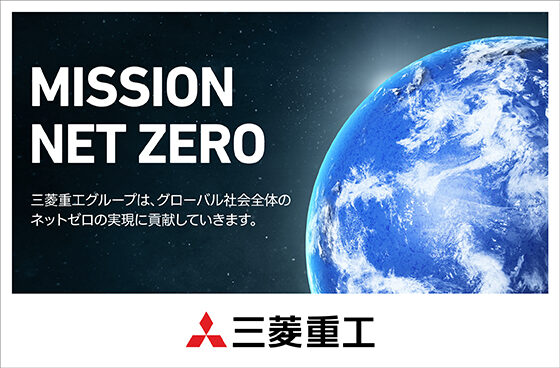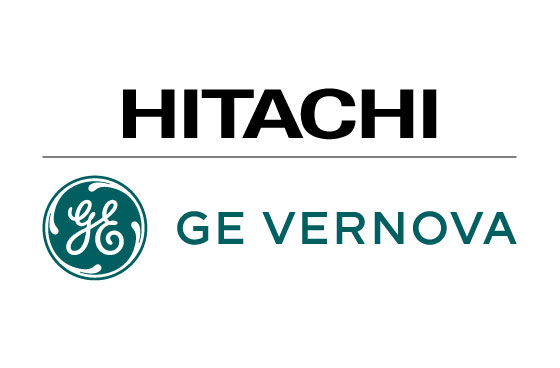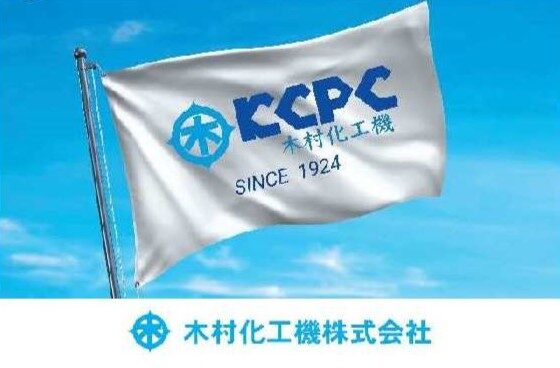Toward a Common Goal of Safe, Effective Use of Nuclear Technology: Discussions Should Be Deepened on How to Ensure Proper Safety
We interviewed Professor Yamaguchi about public and private efforts, primarily in the area of the improvement to nuclear safety. He gave high marks to the progress made on nuclear safety in Japan during the past decade. At the same time, he noted that public and private efforts have not produced all of the results that were hoped for, given that only nine nuclear plants have been restarted nationwide since the Fukushima Daiichi accident of March 2011. He then made some proposals for Japan given the current circumstances, saying that efforts to date have been in a singular direction, too focused only on improving safety.
– Now that a decade has passed since the accident at Fukushima Daiichi, what are your thoughts?
There have been so many issues and events in the past decade, and international society has changed very much.
For example, there are more ecological problems now due to climate change. Many things that used to be considered local are now recognized as interconnected and are looked at globally, including a reduction in habitable areas due to more frequent natural disasters, as well as matters of food and natural resources.
Similarly, we now are now in the midst of the COVID-19 pandemic. Based on recognition that local issues are connected to each other, the international community is shifting its focus.
In Japan, there is a feeling of being left behind and a sense of helplessness in society, due to the effects of the giant earthquake of March 11, 2011, known officially as the Great East Japan Earthquake.
When it comes to nuclear issues, however, various reforms have proceeded since the accident, and new experiences and information have been accumulated. Regulatory systems and standards are being put in place.
At the Fukushima Daiichi Nuclear Power Plants (NPPs), where the accident occurred, various measures are being implemented for decommissioning and dealing with contaminated water. They include technology for removing nuclear fuel from spent fuel pools, and treating contaminated water.
On the restoration and reconstruction of Fukushima, although an area remains that is designated a place “where residents will not be able to return home for a long time,” evacuation orders have been lifted elsewhere, with livelihood rehabilitation seeing gradual progress thanks to recovery efforts.
Now, various new projects have been launched for the reconstruction and revitalization of Fukushima, including the Fukushima International Research Industry City vision, called the “Innovation Coast.”
Given those efforts, we are at a turning point. Now, let us look closely at what has been done, and where progress has not yet been made.
– It seems that a global viewpoint has been missing in Japan in discussions of nuclear power.

Globally, electricity generated by nuclear power has increased seven years in row. In Asia alone, it increased 17 percent in the past year alone. Around the world, the safety issue is understood as being linked to other important issues, such as ensuring energy and carbon neutrality.
In that respect, Japan appears to be a lap behind. In some ways, such a situation might be unavoidable, given the social conditions here. What is important is to shift to a more positive phase from now on.
– What do you think of efforts made by the Japanese public and private sectors to improve nuclear safety during the past decade?
As is well known, much has changed among private-sector operators in terms of such matters as systems, attitudes, and awareness.
Organizations established in the wake of the accident are working to improve safety, including the Japan Nuclear Safety Institute (JANSI), the Nuclear Risk Research Center (NRRC) and the Atomic Energy Association (ATENA). Activities can be said to be moving toward a complete renewal, including the establishment of a risk-governance system and a reformation of safety awareness.
In the public sector, nuclear regulatory activities were integrated into the newly established Nuclear Regulation Authority (NRA) of Japan, which then issued extremely strict regulatory standards. New standards are being put in place for severe accidents, natural disasters (including earthquakes and tsunami), and incidents due to human error. In that respect, the regulatory environment and conditions in the nuclear field in Japan have certainly improved.

In terms of results, however, only nine nuclear power plants have been restarted in the past decade since all the country’s reactors were shut down after the Fukushima Daiichi accident. While many are undergoing NRA examinations or are preparing to file applications, the reality is that high hurdles exist hindering the restart of nuclear plants in Japan — not what was initially expected.
Another new situation, meanwhile, is the emergence of nuclear lawsuits from society. There have been several cases of temporary injunctions issued against nuclear operations, the most recent of which involved the Ohi-3 and 4 plants — owned and operated by Kansai Electric Power — with a literally shocking court ruling that invalidated the central government’s operating approval itself.
The Japanese situation today looks similar to that which existed in the United States after the Three Mile Island (TMI) accident of March 28, 1979. I have studied the situation in the United States at that time. After the accident, regulatory activities were reformed, while in the private sector, the nuclear industry made changes as well.
Court judgments in subsequent years halted operations at the Indian Point and Zion Nuclear Power Stations in the United States. The nuclear industry then worked together to carry out probabilistic risk assessments (PRAs), thus showing that nuclear safety was ensured with the current safety measures. Consequently, safety was affirmed judicially, and operations continued.
Additionally, the use of PRAs showed that effective measures were available to prevent severe accidents without requiring great expense: (1) when an accident occurs, filter vents are operated to release the pressure in containment vessels, and (2) hydrogen combustion is controlled to prevent buildup and explosions, as well as damage to the containment vessels.
Those involved at the time remember the development of PRAs as being epoch-making, resulting in policy statements on safety goals and severe accidents by the U.S. Nuclear Regulatory Commission (NRC).
In Japan, discussions on safety goals have made little progress. In the United States, meanwhile, the policy statement on safety goals gave the nuclear industry an opportunity to squarely face the question: “How safe is safe enough?” The policy statement on severe accidents also resulted in the incorporation of severe accident measures into nuclear regulation. Those efforts were successful; nuclear reactors in service at that time continued in operation, and the construction of those reactors that were under construction went on.
During the past decade, retrofitting has been implemented at some existing plants in the United States, although no applications have been filed to build new reactors. Retrofitting has resulted in substantial improvements to performance and capacity factors, with some now exceeding 90 percent. Those units have continued operations and demonstrated extremely high levels of performance, while maintaining safety.

In Japan, activities of the regulator and of operators are not necessarily “behind” those in the United States. They have, however, been driven in a singular direction: enforcing safety measures toward safety improvement. Accordingly, safety measures have been successively implemented with barely a look beyond, into the future. Neither operators nor the public enjoy the predictability that they should have.
In the case of the United States, PRAs demonstrated that the safety of existing nuclear plants was sufficiently high, and, based on the released policy statement, they addressed quantitative standards for safety measures. That is the essential difference between the United States and Japan.
What kind of nuclear policy is required in order to ensure a supply of energy and respond to environmental issues? What are the proper measures to ensure safety, including desired regulation, within such a policy? It is undeniable that Japan has avoided discussing the challenging issues. It should do so from now on, dealing squarely with the issues that the regulator, operators, and the public have to face.
– What do you think about efforts in the regulatory area in Japan, particularly those by the Nuclear Regulation Authority?
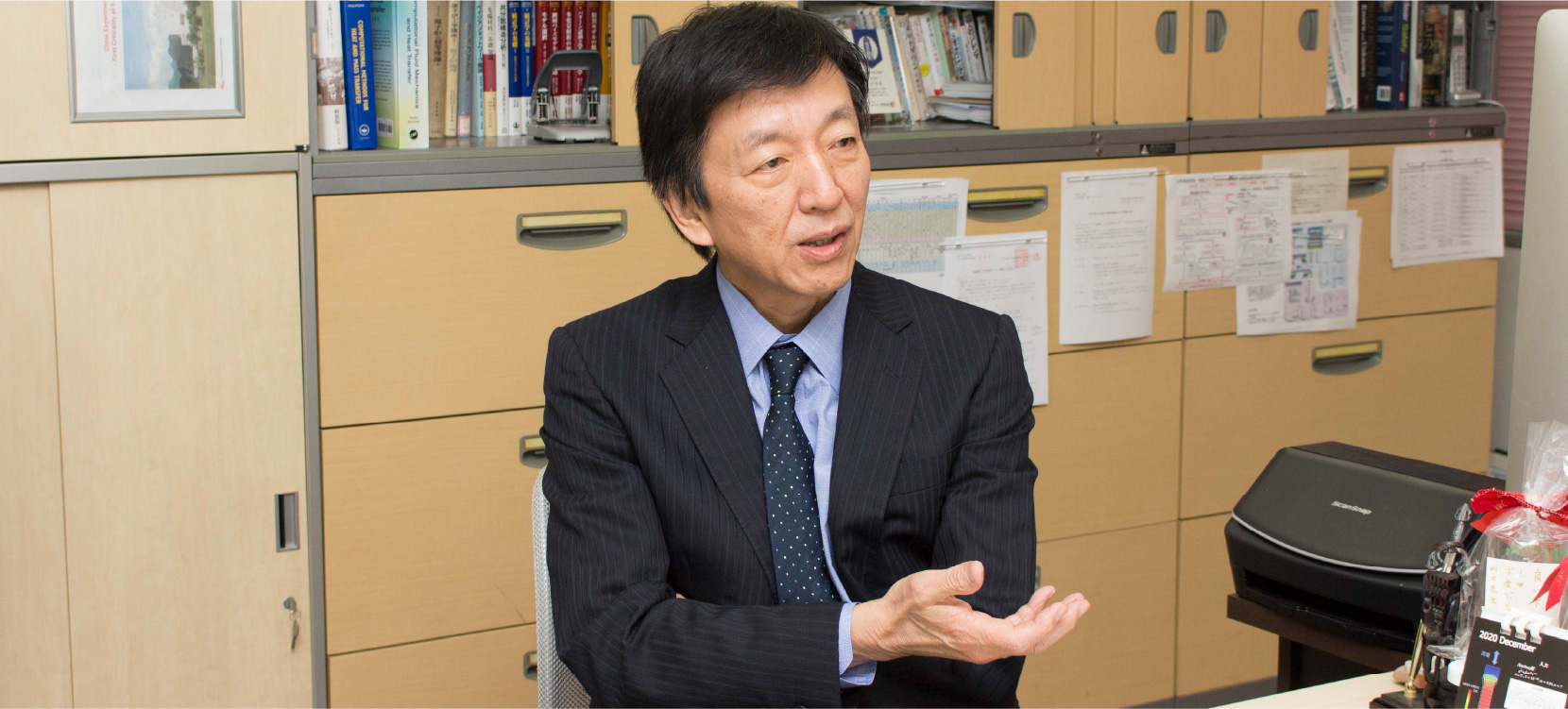
The Nuclear Regulation Authority (NRA) of Japan was created in the wake of the accident, at a time when the public’s eye was keenly focused on the nuclear issue. In such circumstances, it conducted safety examinations of various nuclear facilities: nuclear power plants, fuel reprocessing plants and other nuclear fuel cycle facilities, and research reactors. That much should be highly appreciated, as far as it goes.
An administrative body should, however, act based on the goal common for all power sources, namely, securing stable supplies of energy or electricity. In the case of nuclear energy, that should mean using nuclear technology safely and effectively. In reality, attention is directed almost solely to doing that “safely,” while ignoring the effectiveness aspect.
If the NRA of Japan cites its independence in justification of its stance, that would be bias. The original purpose of the agency was to effectively utilize nuclear technology—the technology of existing light water reactors (LWRs)—so as to meet the needs of society. Effective use is the particularly important mission and responsibility of the NRA.
Here is an example that I often refer to. The U.S. Nuclear Regulatory Commission (NRC) lists five principles of good regulation, one of which is efficiency. The NRA should clarify its principles, and then act on them.
If the NRA intends serious discussions on such matters as the kind of safety that needs to be pursued to win the confidence of the public, with the kinds of activities that can sustain its independence, it may need principles based on which it can address those matters. The emphasis is on principles, rather than a superficial slogan that it is a highly independent organization that the public can trust.
Another important consideration is amassing a record of past activities, including not only the experiences the NRA has, but also the organized thoughts of the parties involved in discussions based on which its judgments were made. Are they being recorded properly and used effectively as assets in regulatory examinations?
Back at the beginning, the NRA chairman at the time said that after gaining some experience with examinations, his agency expected the assessment of individual cases to take a half a year or so. The realities of the process, however, have often been quite fraught. There have been many cases where “reworking” was required.
If the thoughts and ways of thinking accumulated through examinations are organized systematically and then shown to the public, the public and operators may see some coherence in the regulations, perhaps yielding some predictability. In order to carry out examinations steadily, the NRA’s challenge is now to amass such experiences and make them visible externally; namely, disclosing its ideas and policies on regulation itself.

– What do you think about efforts in the regulatory area in Japan, particularly those by the Nuclear Regulation Authority?
Under Japan’s current university system, students begin with a broad range of subjects, from which they choose their particular field. In those circumstances, it may be not easy for students who desire to study nuclear energy to find a clear path to do so. At the University of Tokyo, for example, they must look to the Department of Systems Innovation in the Faculty of Engineering. At a glance, students cannot see a way to a nuclear energy career. It is necessary for the system to be more transparent and informative.
Popular fields of study at universities change over time. Nuclear departments were once favored in Japan, but not today. Particularly in the case of nuclear energy, a mechanism is needed whereby academia and industry can work together to nurture students who understand the field and have enthusiasm for it.
In South Korea, the KEPCO International Nuclear Graduate School (KINGS) is a place for students with a clear purpose to study in the nuclear field. I strongly wish that something similar would exist in Japan. It would be extremely beneficial if academia and industry here would collaborate to create a system in which nuclear-minded young people could be educated and encouraged.
The Japanese Ministry of Education, Culture, Sports, Science and Technology (MEXT) has several programs to develop human resources in the nuclear field. They are extremely popular nationally, with many applications from students majoring in science and engineering.
Similar programs by universities and local governments in Japan will likely be evaluated and sorted, with their good points identified, after which they would be coordinated and linked, which would be another improvement. In that way, places and opportunities would be created both for students interested in the nuclear field, and for those who might be somewhat, but not yet sure—that is, those wanting to study more broadly for a time.
Additionally, research reactors are highly effective for practical education. Although it costs a lot to construct and manage them, they are necessary for forward development toward the future, including replacements as needed. Thinking also of the meaning of a “university education,” the use of research reactors presents a wide variety of opportunities for people to explore new ideas in design, operation, applications, and other such things.
The Japan Materials Testing Reactor (JMTR), owned by the Japan Atomic Energy Agency (JAEA), is undergoing decommissioning. Other JAEA research reactors — the Japan Research Reactor No. 3 (JRR-3), and the Kindai University Reactor (UTR-KINKI) — will eventually be decommissioned. Research reactors are not only places for education, but also generate valuable data for research in a wide range of fields.
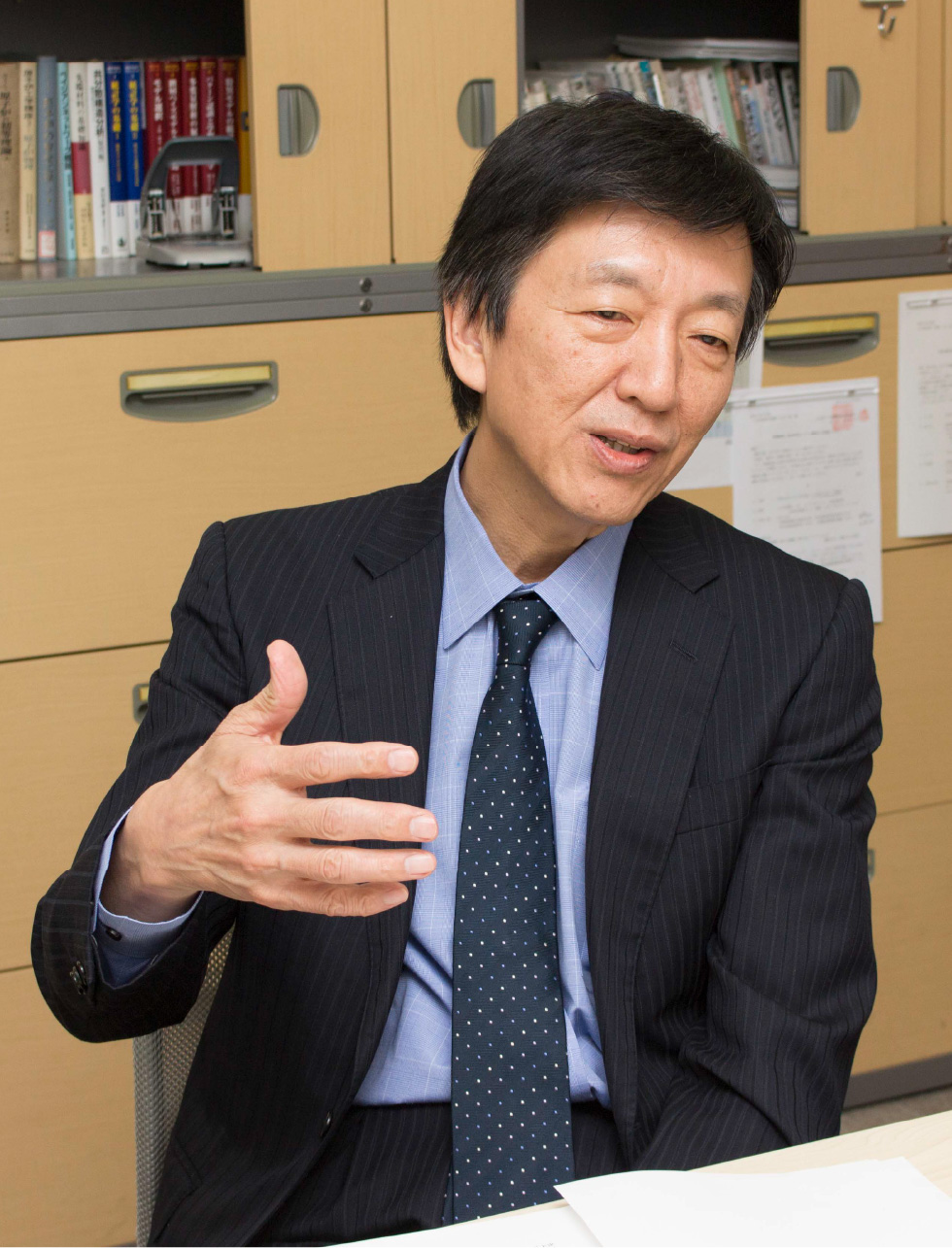
– Given that the Japanese government has reinforced its response to environmental issues, what do you think of its efforts in general to restore the confidence of the public in nuclear power?
Currently, deliberations toward revision of the Strategic Energy Plan are based on the consensus of “pursuing all power sources,” which is, of course, wise. However, in light of the global reality that 90 percent of carbon-neutral electricity (effectively zero-CO2 emissions) is generated by nuclear power and hydropower, nuclear energy should be recognized as part of the core.
Based on various trial calculations, scenarios are not feasible without depending to a certain extent on nuclear energy. That is clear. Still, at the Strategic Policy Committee deliberating the government’s Strategic Energy Plan, many members spoke out to the effect that nuclear power, including replacement reactors, could not be promoted without the support and confidence of the public.
Lack of support and confidence from the public means that the characteristics of nuclear power have not been properly conveyed to them. That is the problem.
In the latest public opinion survey by the Japan Atomic Energy Relations Organization, only 40 percent of the public knew that nuclear power did not emit CO2 in the generation process. Only half replied that nuclear power was useful, while only 60 percent thought that the use of radiation was necessary.
Those results show that a problem exists in how nuclear characteristics are conveyed. A strategy is needed on how to properly disseminate information on the value of nuclear energy and how to explain it. While nuclear discussions in Japan have been focused on safety, they have failed to go beyond that. Strategic activities are required in order to convey the various benefits of nuclear energy and to help the public understand them.
As a new Strategic Energy Plan is being deliberated by the Japanese government, it is important to prepare scenarios that the public can compare and consider, letting them make proper judgments about them. Like preparing a menu based on which people can make food choices, scenarios show options. At that time, such scenarios, although not complete, must lead generally to desired goals. They must feature economic and technological feasibility, and must also be robust, with their vulnerabilities already considered. Based on those scenarios, a solid energy policy should be presented to the public.




